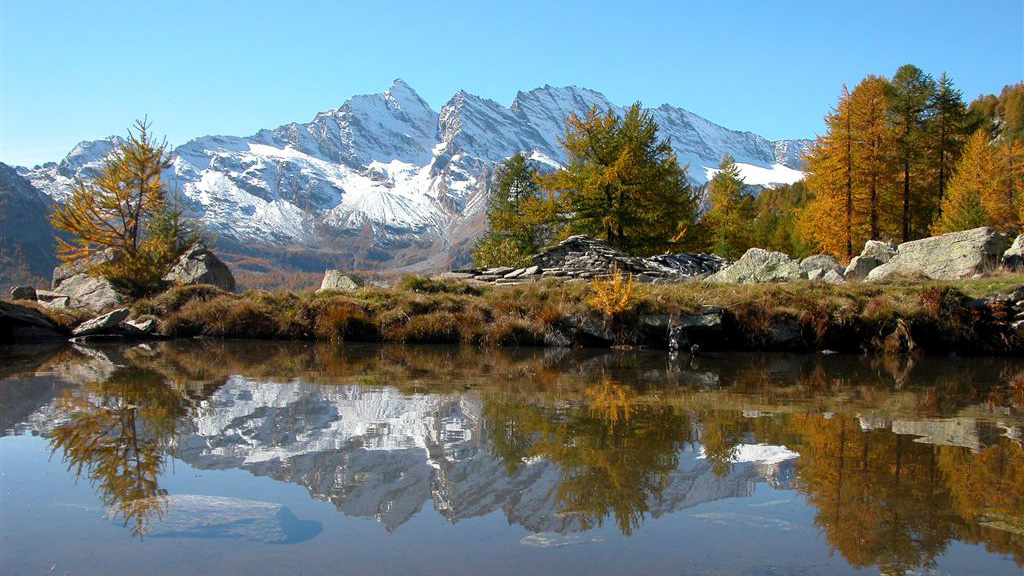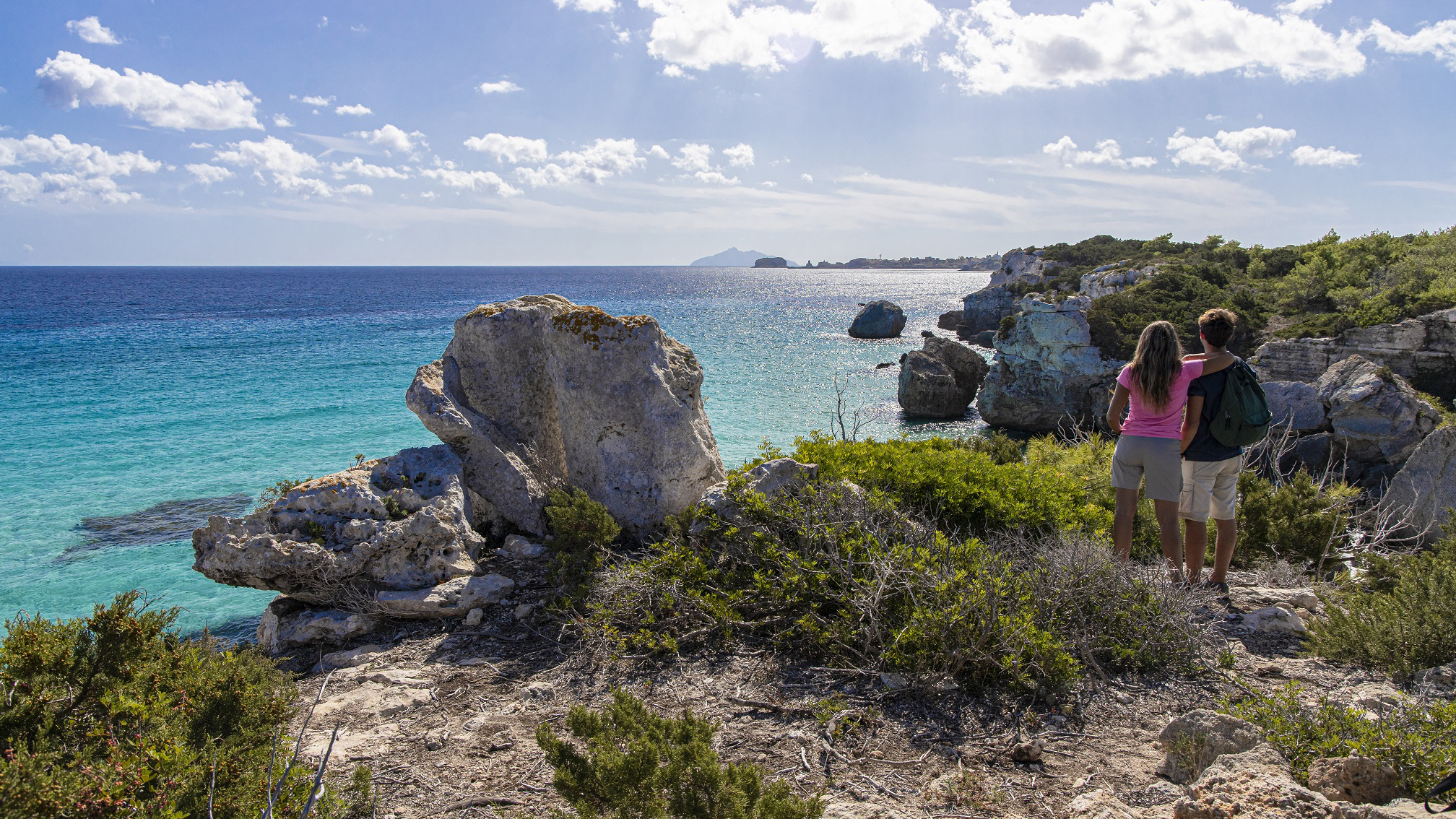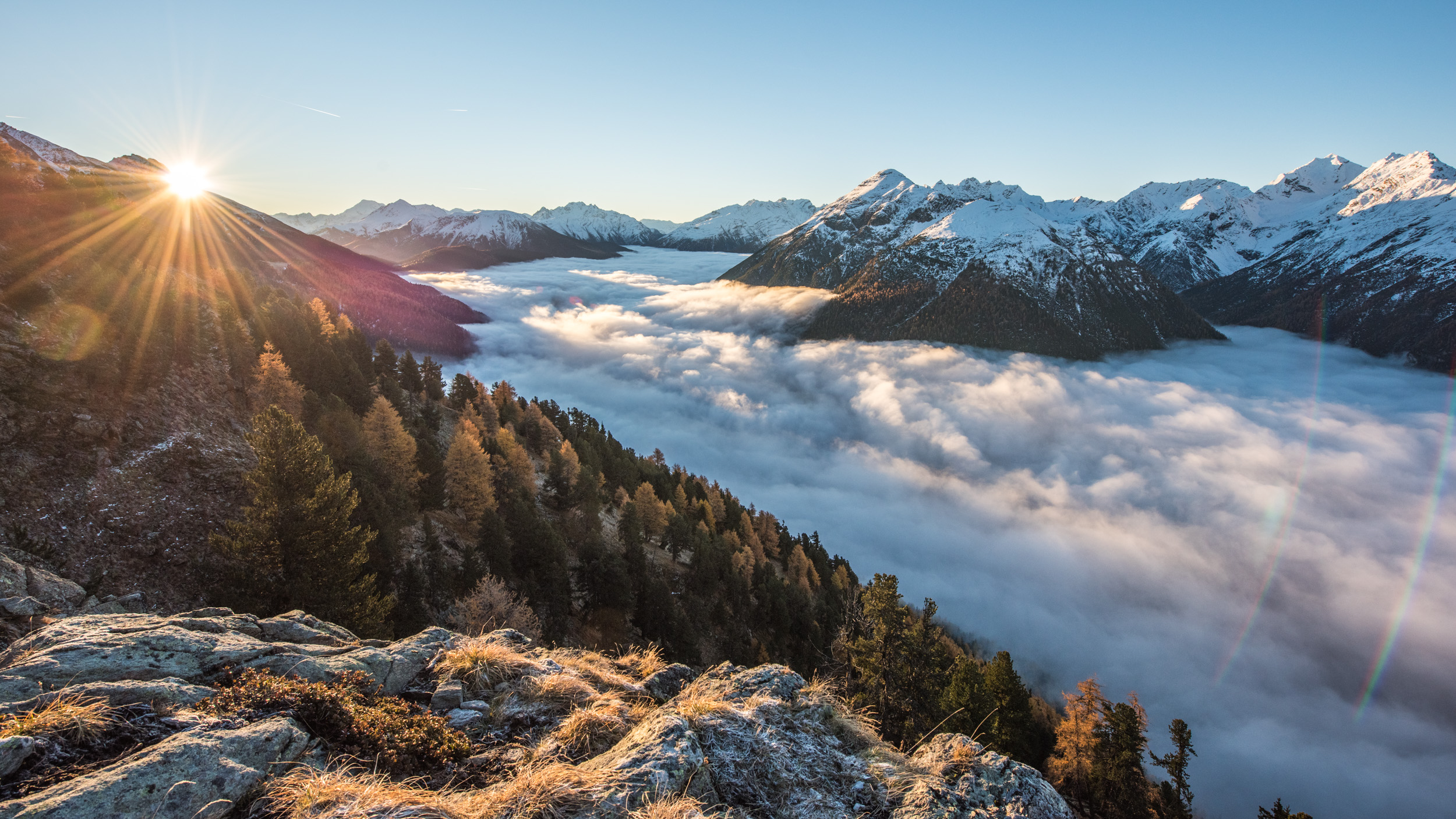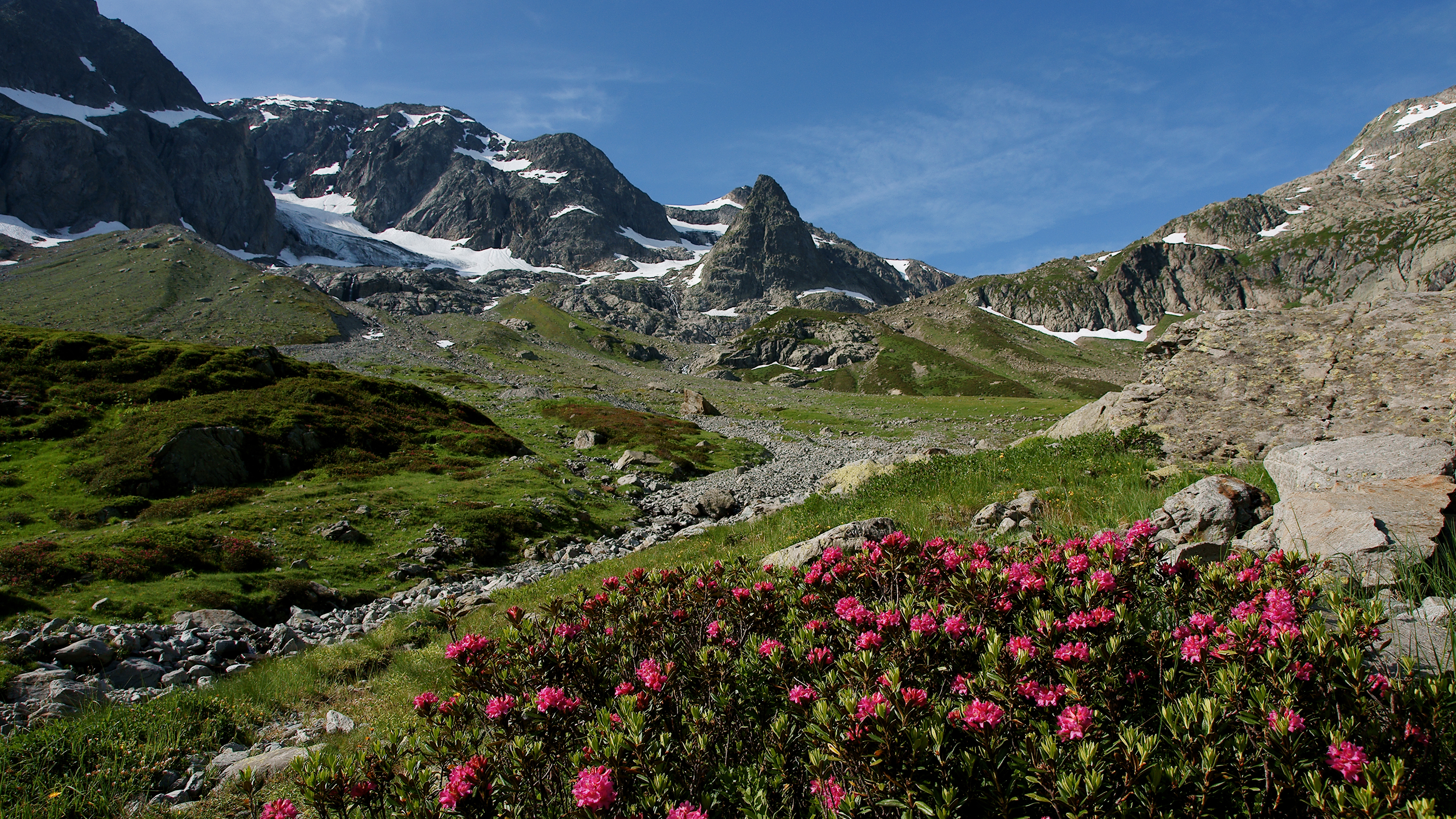A Swiss national park that is home to golden eagles and bearded vultures, French marshes and seven Italian islands to which the Mediterranean monk seal has returned... these are some of the 10 European conservation sites that were added to the International Union for Conservation of Nature's (IUCN) Green List on Tuesday.
Membership of the list is significant recognition of the work sites have made to preserve species and their habitats in their respective conserved areas.
The addition of these areas to the Green List of the IUCN, the world's largest and most diverse environmental network, is not only symbolic – it's intended to provide an example for others to follow in the battle to stop the loss of species and ecosystems.

Gran Paradiso was Italy's first entry to the Green List in 2014 and has been confirmed on the list for the third time since then. /Archivio Parco Nazionale Gran Paradiso/Simona Berra
Gran Paradiso was Italy's first entry to the Green List in 2014 and has been confirmed on the list for the third time since then. /Archivio Parco Nazionale Gran Paradiso/Simona Berra
Why is the Green List important?
The IUCN is based in Switzerland and has 1,400 members including government agencies and civil society organizations. It has the goal of safeguarding the diversity of the natural world from the many threats it faces including global heating, sea levels rising and mass extinction.
In its monitoring of the planet's conditions, the IUCN keeps two lists: the Red List and the Green List.
The Red List of Threatened Species keeps track of biodiversity loss on Earth, recording the overall extinction trends on the planet, and is used by governments and international bodies to guide their policies on conservation.
But it's not all bad news. The IUCN Green List of Protected and Conserved Areas measures species recovery and global progress in conservation projects.

An archipelago of seven Mediterranean islands including Elba, with high endemic floral diversity, the Arcipelago Toscano National Park is part of the UNESCO Biosphere Reserve Isole di Toscana. /Archivio Parco Nazionale Arcipelago Toscano
An archipelago of seven Mediterranean islands including Elba, with high endemic floral diversity, the Arcipelago Toscano National Park is part of the UNESCO Biosphere Reserve Isole di Toscana. /Archivio Parco Nazionale Arcipelago Toscano
Being included on the Green List, which now includes 59 sites from 16 different countries, is a badge of honor for protected areas around the world, including national parks and natural reserves, which are effectively managing the space with benefits for both people and nature.
"We can share the negative trends – the loss of habitat, the loss of integrity. But for this particular program, we want to focus on what can be done. And protected and conserved areas are a solution, they're probably the best solution that we have," says James Hardcastle of IUCN's Global Protected Areas Program.
"It's not good to go around saying, you know, you're not good, you're failing, you didn't get there," says Hardcastle.
"We've got to be positive. And I think in conservation, we all know the challenges and the mounting climate crisis, the biodiversity crisis. There's a lot of issues – so where we can come with solutions, then that's the starting point to say, 'ok, we need to at least do what we can. We need to contribute. We need the small positive thing.' So, the Red List informs what we're doing. But the Green List is really a kind of a public open promotion and recognition process."

The Swiss National Park is the first protected area in the country to be added to the Green List. /Swiss National Park/Hans Lozza
The Swiss National Park is the first protected area in the country to be added to the Green List. /Swiss National Park/Hans Lozza
How are sites added to the Green List?
The Green List is a standard for conservation sites.
"It describes for the first time, really, for the nature conservation community, what success looks like in area-based conservation," explains Hardcastle.
The sites can include national parks, nature reserves, indigenous territories and even private conservancies. But what does success look like?
"The first element of success is about being fair," explains Hardcastle.
"It's about good governance, proper rule of law, proper participation, recognizing rights, recognizing access. You know, who should be involved in these nature conservation areas, who has a stake and who should be at the table making the decisions. So that's really is the fundamental entry point."

Contamines-Montjoie National Nature Reserve in the French Alps is the country's highest protected area. /G. Garcel
Contamines-Montjoie National Nature Reserve in the French Alps is the country's highest protected area. /G. Garcel
Sites must demonstrate good governance, sound design and planning, effective management and achieve successful conservation outcomes (including protection of natural habitats and effective actions against threats). These are judged against the criteria the conservation site has recognized for itself - which could be preserving a specific species or protecting the site's cultural heritage.
The IUCN evaluates the sites that apply for certification for a period of five years, the same amount of time for which the Green List certification is valid.
This constant reviewing of the sites also means the protected areas can benefit from the guidance of experts who advise them on how to improve their conservation efforts.
"It's not like I have a university degree and the certificate goes on the wall and it's done, it's mine, you can't take it away now, it's mine. With the Green List, you have to maintain the standards," explains Hardcastle.

Haut-Giffre and Aiguilles Rouges National Nature Reserves in France is one of the latest addition to the Green List. /J. Heuret
Haut-Giffre and Aiguilles Rouges National Nature Reserves in France is one of the latest addition to the Green List. /J. Heuret
Which are the new protected areas entering the Green List?
Among the 10 new sites in Europe to enter the IUCN Green List this April, is Switzerland's first – the Swiss National Park, established in 1914 and also part of a UNESCO biosphere reserve.
"To now belong to the exclusive group of green listed protected areas in the world is a great honor for the Swiss National Park. We hope that we can inspire many other organizations in Switzerland to apply for this valuable label," said Ruedi Haller, Director of the site.
The park covers 170 square kilometers of forests and alpine and subalpine meadows, hosting endangered species such as the golden eagle and the bearded vulture.
Seven of the newly classified sites are in France, which with 22 protected areas in the Green List has the highest number in the world. The sites included several natural reserves sprawling from mountain forests to the sea coasts and marshes.
Two protected areas in the regions of Tuscany and Emilia-Romagna in Italy were added to the list, while the country's first national park Gran Paradiso on the Italian Graian Alps regained its Green List status.
Three national parks in the Republic of Korea were also relisted during the April evaluation.
Cover image: Swiss National Park/Hans Lozza

